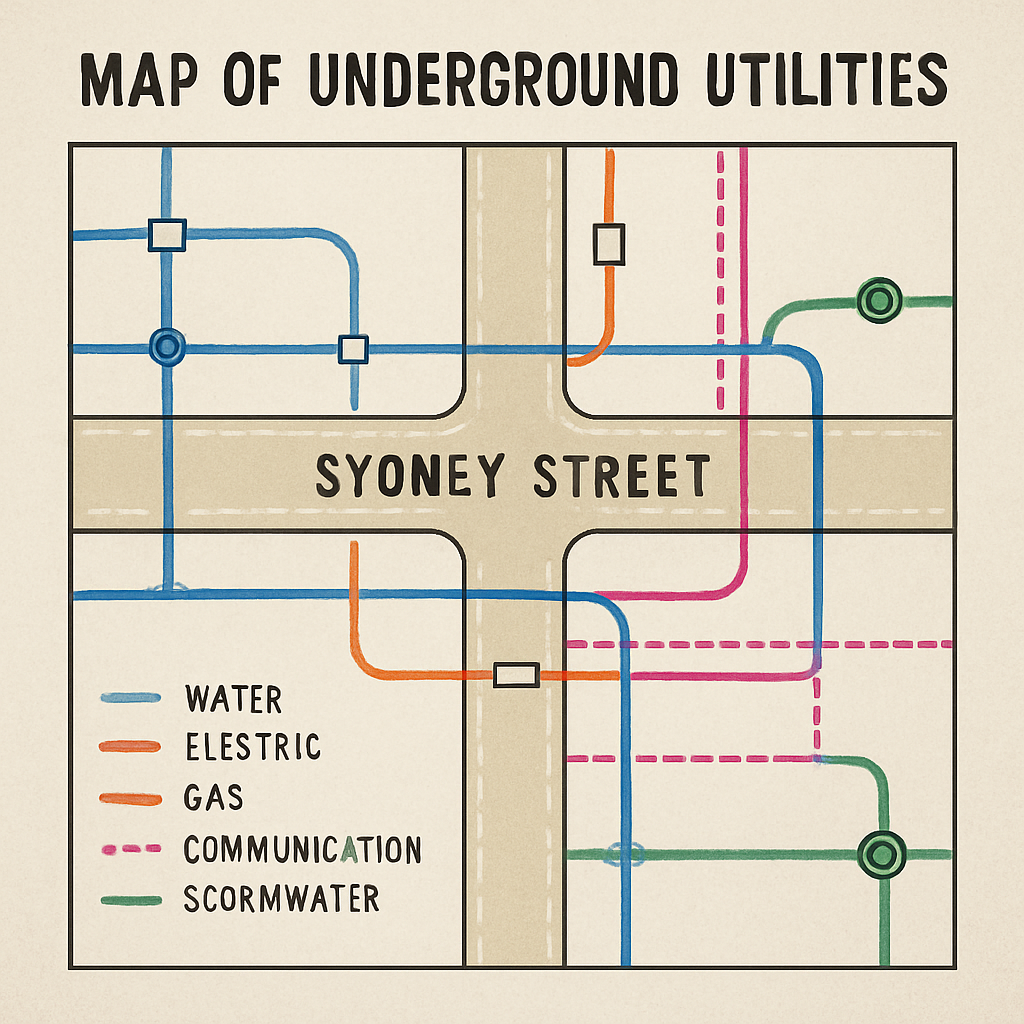When it comes to caring for the elderly, Australia offers a comprehensive range of services designed to support seniors in their later years. These services aim to provide a high standard of living, ensuring that seniors receive the care and assistance they need. However, understanding the costs associated with aged care in Australia is essential for both seniors and their families. Navigating these financial aspects can be complex, but gaining clarity on these expenses will help in making informed decisions. This article aims to demystify the costs involved and answer the pressing question: Is aged care in Australia free?
Understanding Aged Care in Australia
Aged care in Australia encompasses a variety of services, including in-home care, residential care, and respite care. These services are tailored to meet the diverse needs of the elderly, helping them maintain a good quality of life. Importantly, they provide support that allows seniors to retain as much independence as possible. The Australian government subsidizes many aged care services, but they are not entirely free. This subsidy system is designed to make aged care more accessible, but it does necessitate some personal financial contribution.
Types of Aged Care Services
- In-Home Care: This service allows seniors to receive care in the comfort of their own homes. It includes assistance with daily activities such as cooking and cleaning, personal care like bathing and dressing, and health services including nursing care and therapy. In-home care is ideal for those who wish to maintain a sense of independence while still receiving necessary support. It can be tailored to individual needs, making it a flexible option for many seniors.
- Residential Care: Also known as nursing homes, these facilities provide 24-hour care for seniors who can no longer live independently. Residential care offers a safe and supportive environment, catering to those with higher care needs. These facilities are equipped to handle various medical conditions and provide social opportunities to prevent isolation. The decision to move into residential care is significant and often involves considering the level of care required and the available facilities.
- Respite Care: Temporary care provided to give caregivers a break or during emergencies. This service is crucial for families and caregivers, offering them much-needed rest while ensuring that their loved ones continue to receive quality care. Respite care can be arranged for a few hours, a day, or even longer, depending on the needs of both the caregiver and the senior. It serves as an essential support system, preventing caregiver burnout and maintaining the overall well-being of both parties.
Costs Associated with Aged Care
While the government provides substantial subsidies for aged care services, there are costs that individuals must bear. These costs can vary widely depending on the level of care needed and the type of services chosen. Let’s break down the typical expenses involved:
Basic Daily Fees
All residents in aged care facilities are required to pay a basic daily fee. This fee covers everyday living costs such as meals, cleaning, and laundry. As of 2023, this fee is capped at 85% of the single basic Age Pension. This cap ensures that the fee remains affordable for most individuals, but it is important for families to budget for these ongoing expenses. Understanding this fee is crucial for financial planning, as it represents a consistent cost that will be incurred.
Means-Tested Care Fees
This fee is calculated based on an individual’s income and assets. It contributes to the cost of care and is subject to annual and lifetime caps. The government assesses a person’s financial situation to determine the appropriate fee, ensuring that those who can afford to contribute more do so, while those with fewer resources receive greater support. This means-tested approach aims to distribute costs fairly, but it requires individuals and families to have a clear understanding of their financial standing.
Accommodation Costs
Accommodation costs in aged care facilities can vary significantly. Some individuals may be eligible for government assistance, while others will need to pay the full price. The cost depends on the location, type, and quality of the facility. Higher quality or more conveniently located facilities generally come with higher accommodation costs. It’s important to consider these factors when choosing a facility, as they can have a significant impact on the overall affordability of aged care.
Additional Services Fees
Some aged care facilities offer extra services or higher-quality accommodations for an additional fee. These might include private rooms, specialized meal options, or recreational activities, and residents can choose whether to pay for these extras. Such services can enhance the quality of life for seniors but require careful consideration of personal preferences and financial capability. Opting for these additional services can provide a more comfortable living experience, but it is essential to weigh the costs against the benefits.
Financial Assistance and Support
To help manage aged care costs, the Australian government offers various forms of financial assistance. These supports are designed to ensure that aged care remains accessible to all, regardless of financial circumstances. Eligibility for these subsidies is determined through an assessment process that considers income, assets, and care needs.
The Role of My Aged Care
My Aged Care is the government portal for accessing aged care services. It provides information, conducts assessments, and helps seniors and their families understand their options and potential costs. This platform acts as a central hub, offering guidance and resources that simplify the complex process of navigating aged care. By utilizing My Aged Care, families can make more informed decisions and access the support they need to manage aged care effectively.
Government Subsidies
Government subsidies can significantly reduce the financial burden of aged care. These subsidies are available for eligible individuals and are applied to the cost of services and accommodation. The subsidies are calculated based on a means-test, ensuring that assistance is provided to those who need it most. Understanding the scope and limits of these subsidies is crucial for effective financial planning, as they can greatly influence the affordability of aged care options.
Planning for Aged Care
Planning for aged care is crucial. Early planning can help mitigate financial pressures and ensure that seniors receive the appropriate care when needed. Here are some steps to help you prepare:
- Assess Financial Situation: Understand your income, assets, and potential government assistance. This understanding will form the basis of your aged care plan, allowing you to make informed decisions about the type and level of care you can afford. Regularly reviewing your financial situation is also beneficial, as it may change over time, affecting your eligibility for subsidies and other supports.
- Explore Options: Research different types of care and facilities to find what best suits your needs. Consider factors such as location, services offered, and the reputation of facilities. Visiting potential facilities can provide valuable insights and help you choose the best option for your circumstances. Exploring options early gives you the time to make well-considered decisions without the pressure of an urgent situation.
- Seek Professional Advice: Financial advisors can provide guidance on managing aged care costs effectively. They can help you understand the financial implications of different aged care options and develop a strategy to fund care over the long term. Professional advice can be invaluable, especially when navigating complex financial products or government systems.
Conclusion
While aged care in Australia is not entirely free, the combination of government subsidies and personal contributions makes it more accessible. The system is designed to balance affordability with quality care, ensuring that seniors receive the support they need. Understanding the costs involved and planning ahead can ease the transition into aged care, ensuring that seniors receive the support they need without undue financial stress.
Aged care is an important consideration for seniors and their families. By familiarizing yourself with the costs and support available, you can make informed decisions about the best care options for your loved ones. Early planning and proactive financial management can help mitigate the financial impact and allow for a smoother transition into aged care, providing peace of mind for both seniors and their families.




